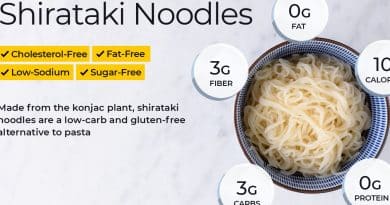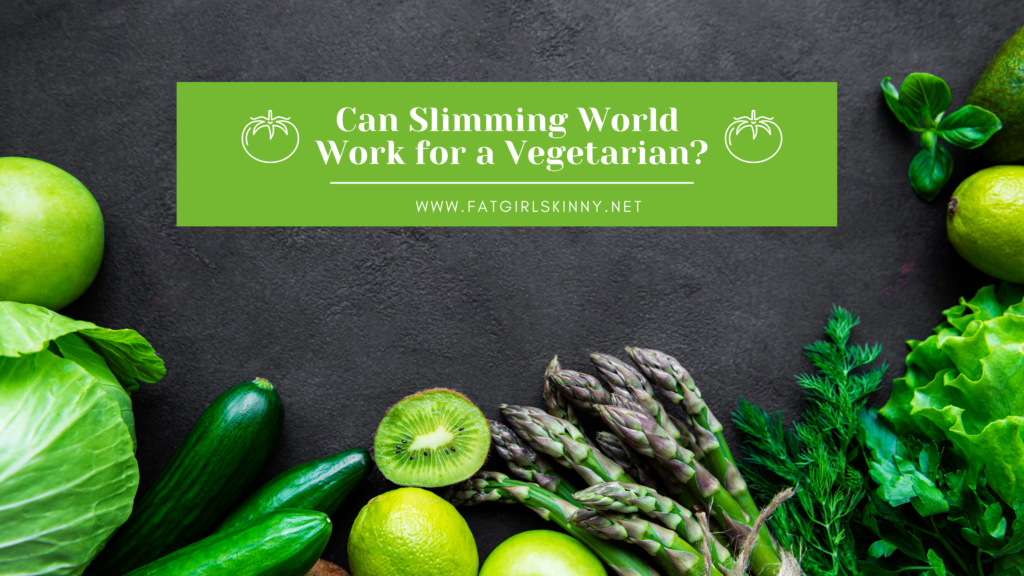Understanding Whole Foods
To understand the benefits of whole foods we must first understand what exactly whole foods are. A whole food only has one ingredient: itself. Whole food is completely natural and from the earth, not born in a laboratory somewhere. Whole foods are minimally processed and always free from pesticides, hormones, antibiotics, and other additives.
For hundreds of years we as humans ate nothing but whole foods. In the 1970s can the advent of processed foods, artificial flavors, and additives, and although these new ‘foods’ provide convenience they also didn’t supply us with the optimal amount of nutrition. With these processed foods our diets began to slowly go away from the natural whole foods we had been using to processed foods full of artificial flavors and additives.
Today our diet should not consist of over 20% processed foods but most Americans eat more than 80%. Although many of these processed foods include vitamins and nutritional additives they are much worse for our bodies than if we were to get these same vitamins and nutrients from whole foods. Whole food will contain everything we need and require no additional additives.
The next time you are at the store take a close look at the labels. By law, the manufacturer must list all the ingredients and you will be surprised at how the ingredient list looks like a chemistry project. For example, a can of tomato sauce will not only include processed tomatoes but preservatives, vitamins, and ingredients we can’t even pronounce. Instead of buying tomato sauce, why not buy raw tomatoes and make your sauce? Your newly created sauce will be much healthier, and unprocessed and it won’t contain any of the additives.




